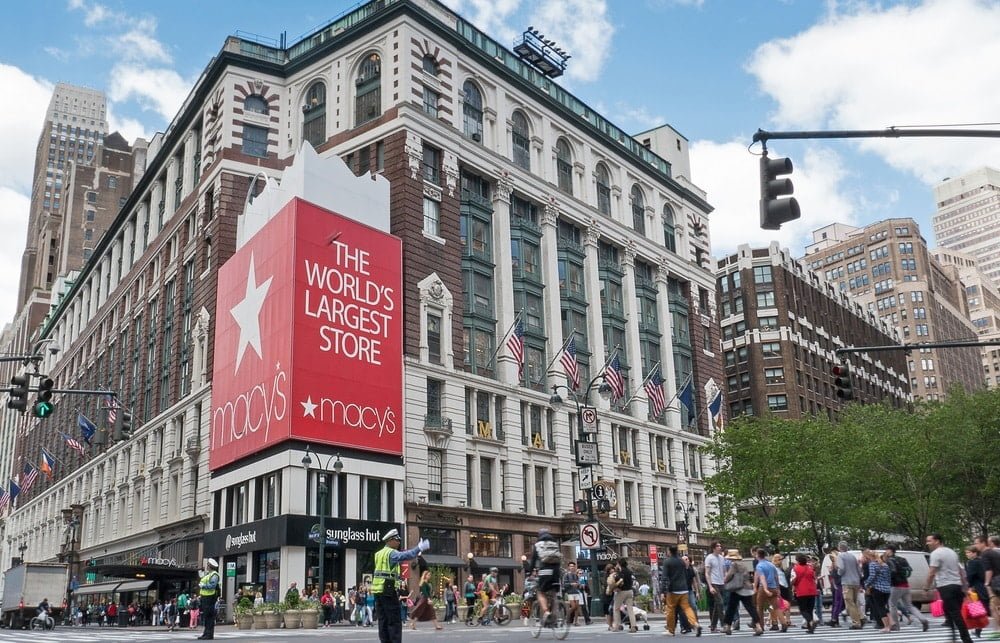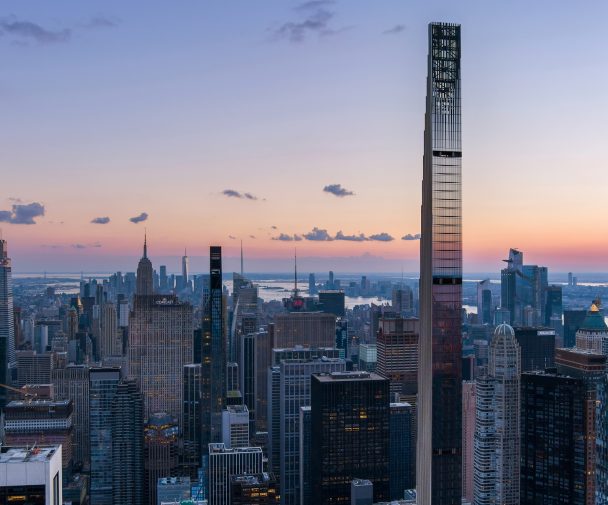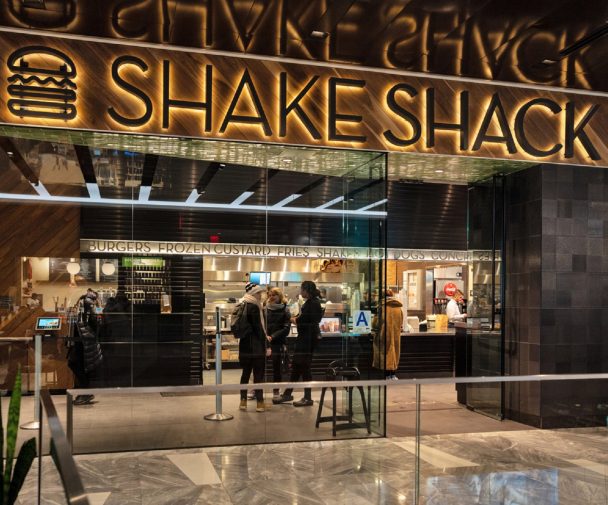
Is Macy’s Future in Bricks and Mortar, Literally?
WRITTEN By A.J. Sidransky
Faced with ongoing financial stress, Macy’s, Inc. is planning on closing thirty of its stores in nineteen states in 2020. Continuing to seek long term financial stability in the ever-changing and evolving retail sector, Macy’s is also looking to its real estate holdings to provide a long-term cash-flow fix for the company.
Macy’s flagship store, bounded by the intersection of Broadway at Avenue of the Americas, 34th Street, Seventh Avenue, and 35th Street, and covering almost an entire city block, was for many years the world’s largest department store. That title was taken in 2009 by South Korean department store Shinsegai. Macy’s building, constructed in two stages, the first in 1902 and the second completed in 1924, contains 2.2 million square feet, located on ten floors.
Macy’s CEO Jeffrey Gennette was quoted in February by Bloomberg Media on a conference call with investors as saying that the company is seeking ways to unlock the intrinsic hidden value of their real estate holdings by investigating development possibilities for their flagship property. He is planning to work with city officials and community stakeholders to find a way to unlock additional real estate value. More developments relative to this concept are expected later this year.
Gennette also indicated that these plans won’t stop the company from undertaking a number of other exciting enhancements at the retail space this year. He elaborated, adding that over the last year and a half they have been working closely with a team of land-use, development and design experts to produce a menu of economically viable redevelopment alternatives. These alternatives may redevelop the real estate with complementary uses but will certainly preserve the store and enhance the customer experience. Clearly, maintaining their retail operation is still Macy’s primary intention.
With this in mind, Macy’s is seeking to construct a tower over the existing retail facility that would include office and other complimentary uses. This tower could rise to as much as 800 ft. Robert Huberman, an attorney and zoning specialist with Herrick Feinstein, LLP, explains that “as-of-right, Macy’s cannot build anything above the current structure because the property exceeds permitted floor area allowance under existing zoning rules.” The existing building was built prior to the current resolution and is grandfathered.
Macy’s is not new to this type of redevelopment. They currently have a ten-story tower under construction at their Brooklyn location. The preferred configuration of the proposed new tower would contain approximately an additional 1.2 million square feet.
The proposed structure could bring up to 6,000 more workers daily into the already bustling area. One important consideration for the New York City officials is what effect that increase in human density would have on the already crowded 34th Street corridor. In the past, the City has approved high density redevelopment in various locations with the caveat that the developer provide additional improvements to infrastructure as part of the development approval process. These improvements have ranged from the refurbishment of subway stations, to providing public space within the development, to providing a new school when the development draws in residential tenants increasing crowding at existing facilities.
Reportedly, Manhattan Borough President Gale Brewer met with Macy’s representatives recently about the proposed project. She said in a statement quoted in 6sqft.com that, “Such a major addition of square footage to the area will require major public improvements to the streets and sidewalks that surround the Herald Square neighborhood, and I look forward to Macy’s contributions to ensure that this part of Midtown and the Garment Center sees relief.” It goes without stating that the MTA, already under a long-term plan to upgrade and improve the crumbling subway system, would welcome any help available to polish the station under Herald Square.
The process for approval of this development is long and arduous, explains Huberman. The process is known by the acronym ULURP, which stand for uniform land use review procedure. It requires coordination with the Department of City Planning, environmental review, and public hearings before the local community board, the Manhattan Borough President, the Department of City Planning and the City Council. The process could take as much as two years. In the meantime, Macy’s will continue planning strategies for both its retail and real estate businesses.











